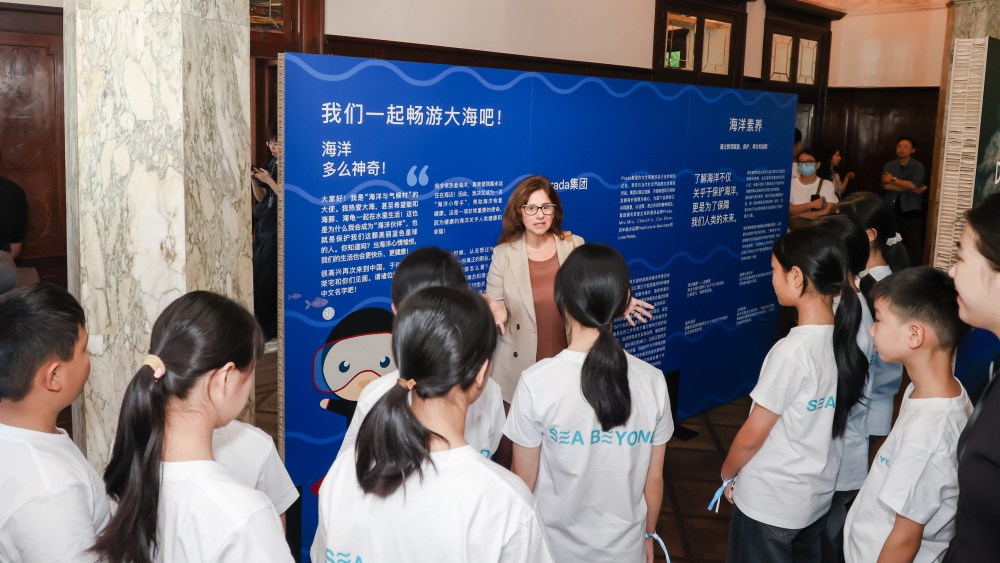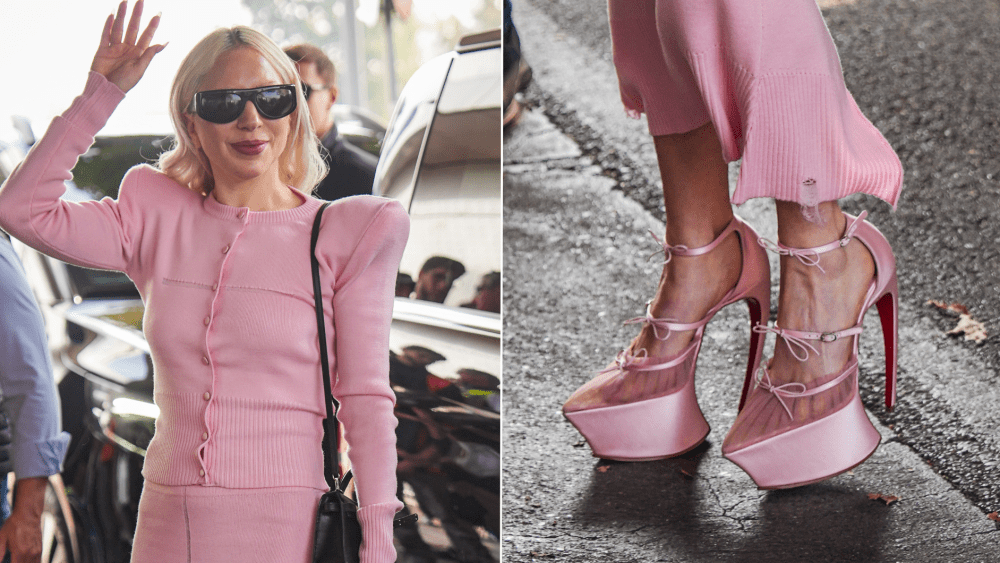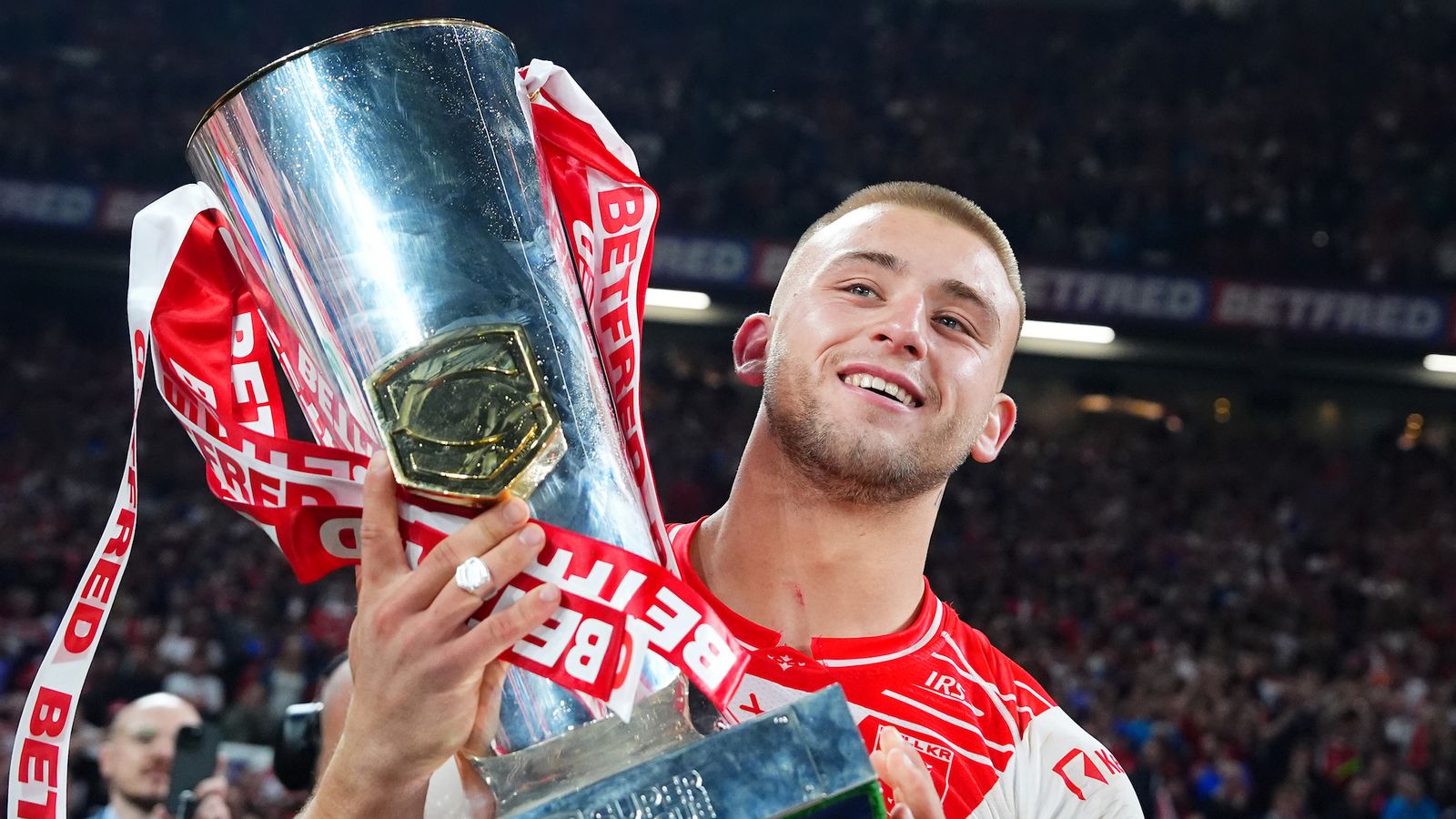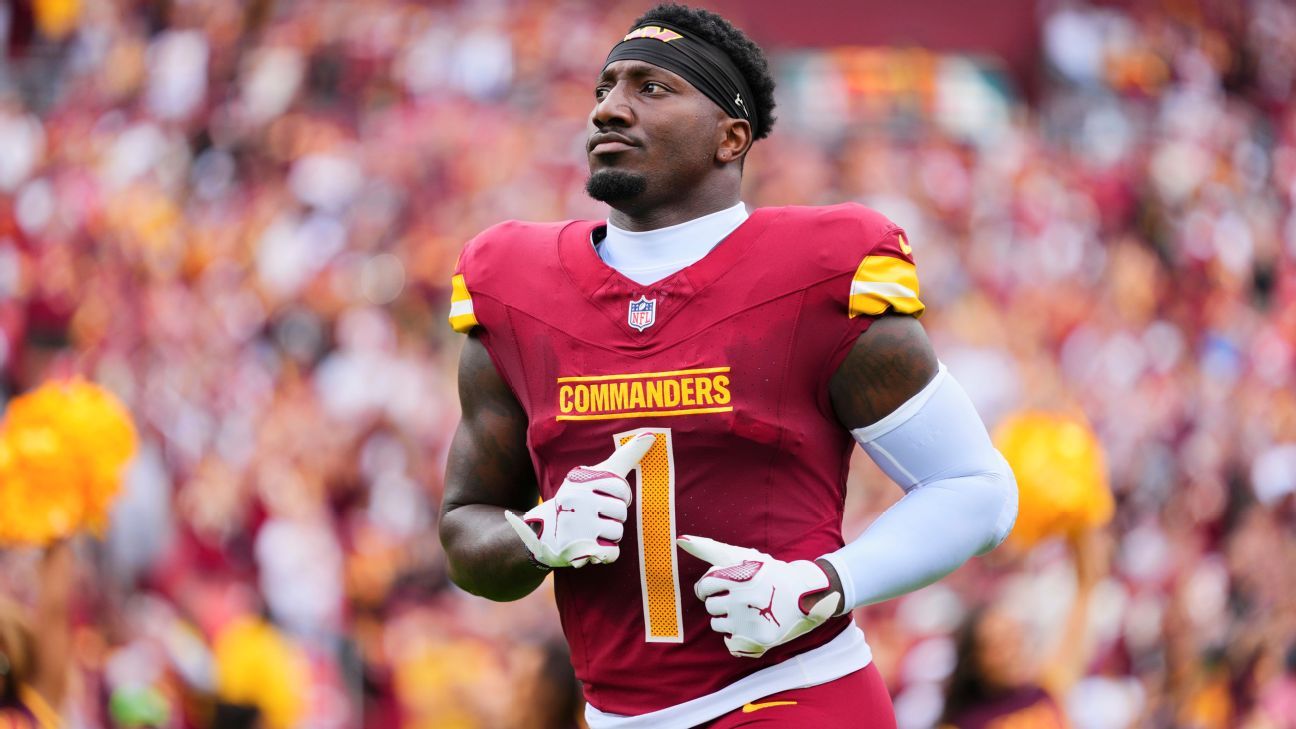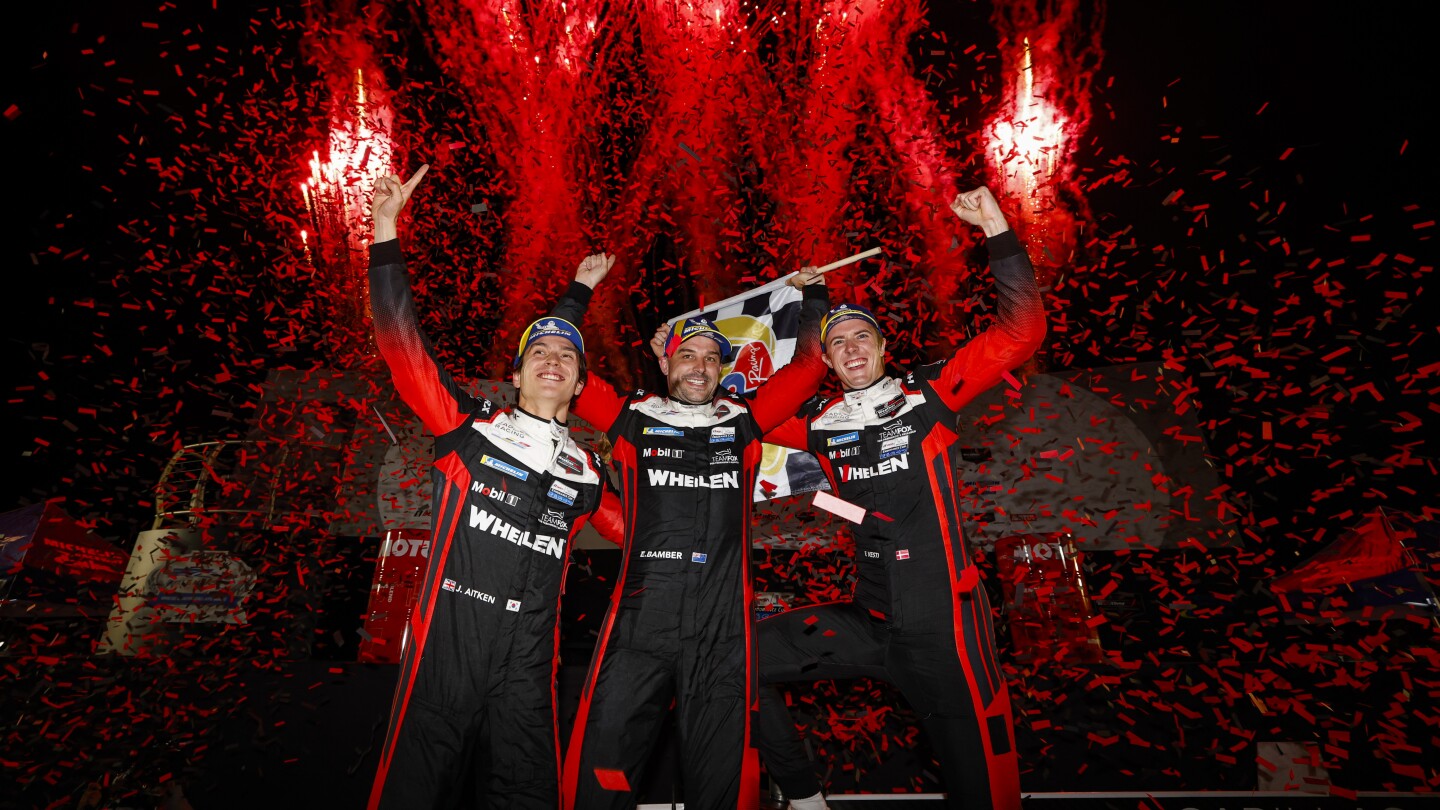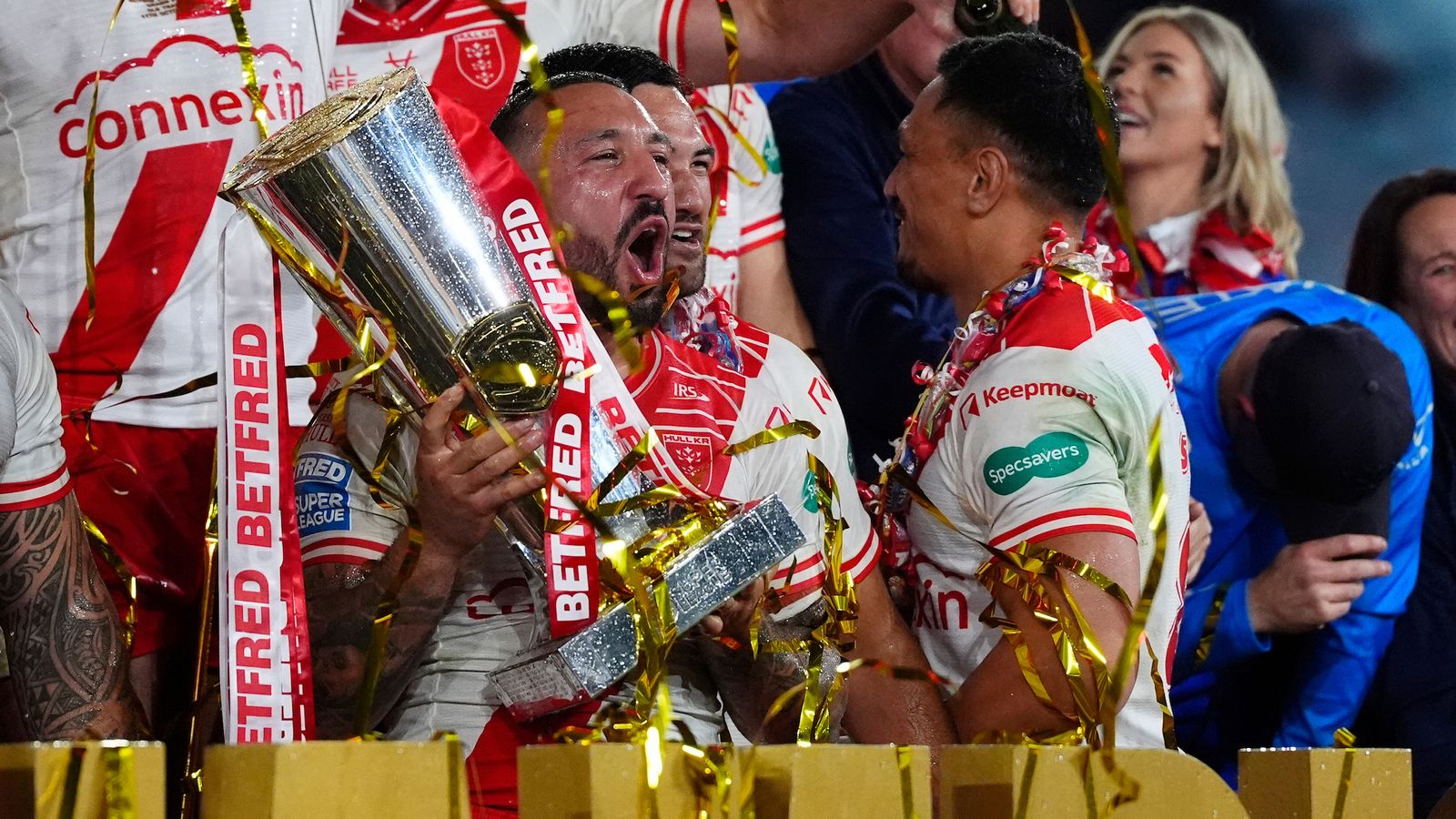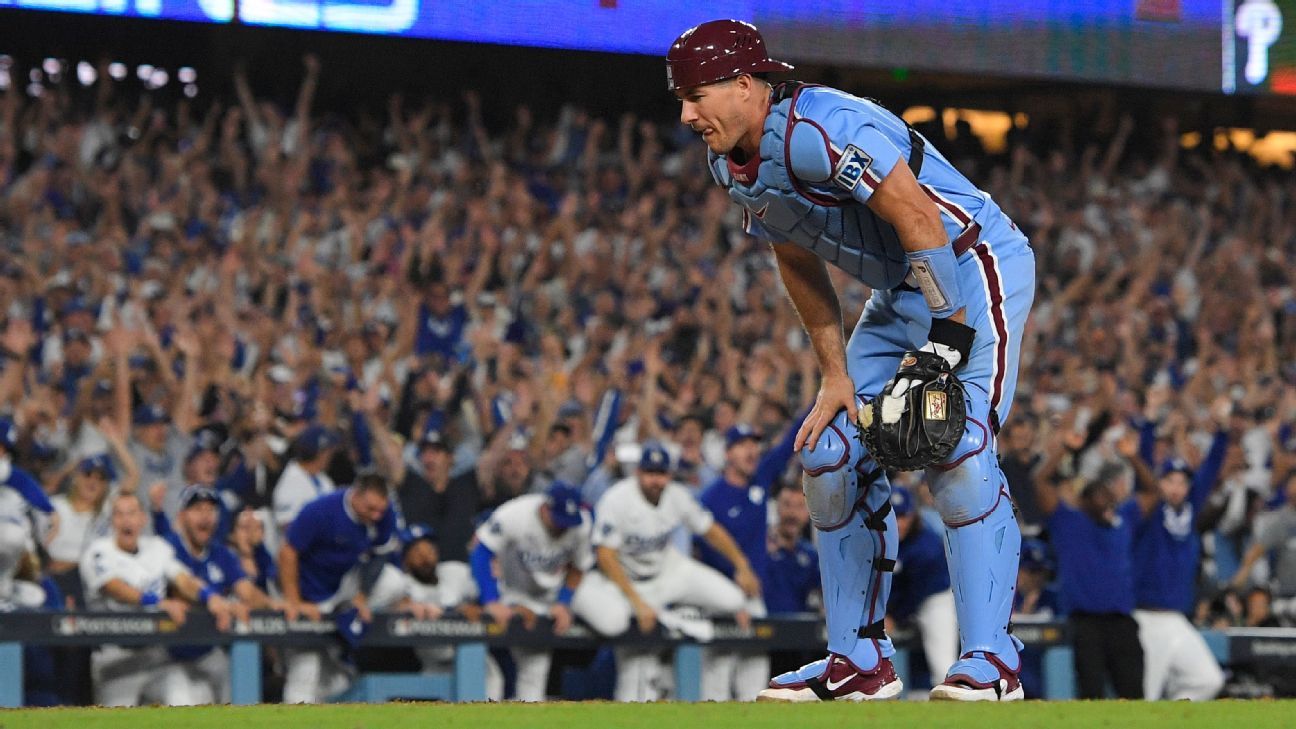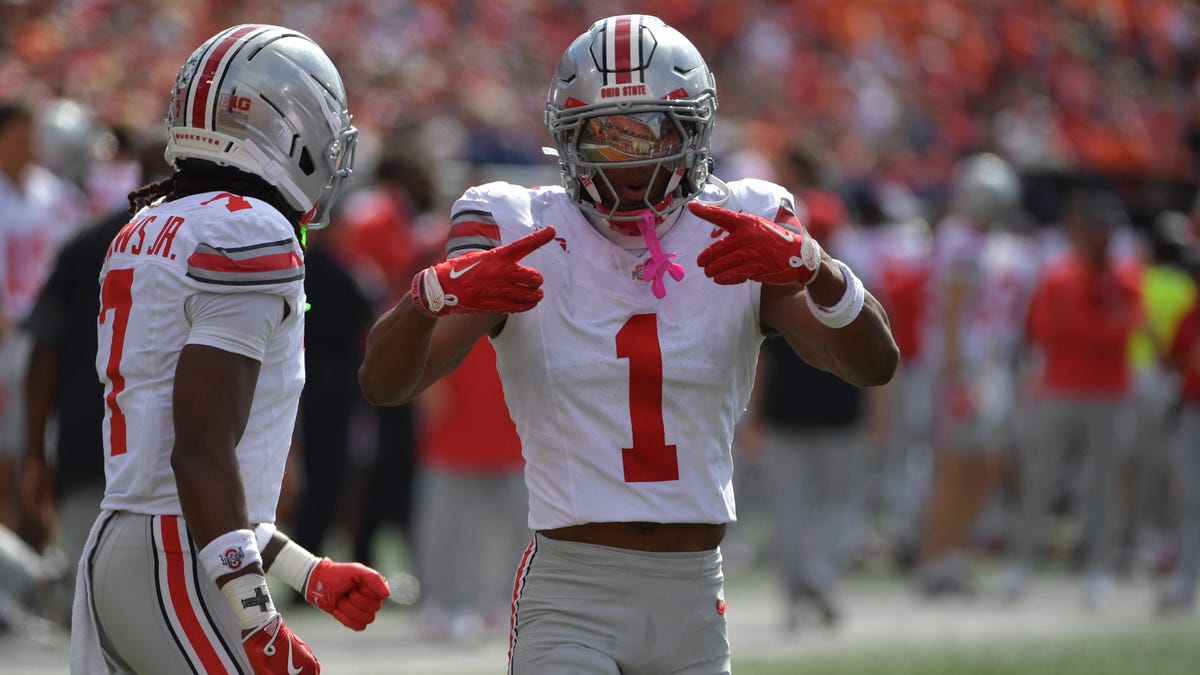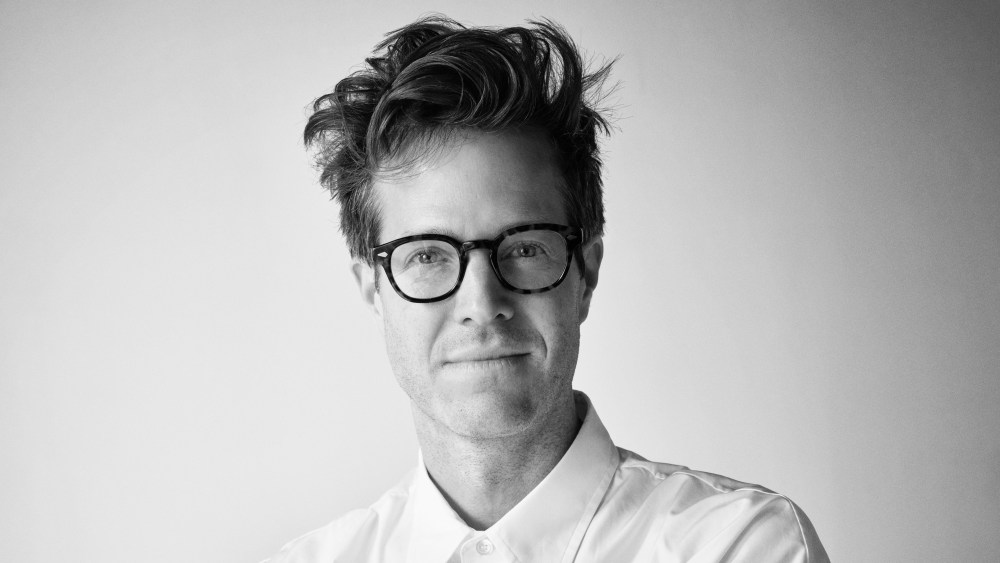
LONDON — How does a brand bounce back? Intertwine with popular culture? Or appeal to a new, seen-it-all generation?
Oli Walsh thinks about these questions all the time. The founder and chief executive officer of brand consultancy Invisible Dynamics, Walsh spends his time working — mostly with CEOs — on evolving brands, reviving them or making them relevant to specific groups of consumers.
His agency is behind the latest Gap ads and the Nike “Comfort Zones” interview series, while other clients have included Phoebe Philo, Banana Republic and Theory. His approach is holistic, and he believes that the right blend of art, science — and goodwill — can bring a brand back to life.
“I’ve always been obsessed with the notion of transformation and with the psychology of what makes brands successful. What is a consumer brand? A personal brand? An institutional brand?” said Walsh, a serial entrepreneur with a background in advertising, marketing and e-commerce.
“I also believe that brands have essentially replaced religion. They give you this sense of belonging and identification as to who you are, what you belong to, and who your tribe is,” he added during an on-screen interview from his office in Los Angeles.
Walsh was the cofounder and CEO of the London digital creative agency Wednesday, where clients ranged from Mr Porter and H&M to a string of Kering brands including Balenciaga, Gucci and Alexander McQueen. He later helped to re-brand the Canadian fashion company Aritzia and was part of the team that took the company public in 2016.

Parker Posey in the Gap spring 2025 campaign.
Courtesy image.
He founded Invisible Dynamics two years ago and works directly with CEOs on transforming brands, and trying to embed them in culture.
His projects are long term, and his vision is 360 degrees. Walsh said he wants his clients to look at advertising, marketing, product, manufacturing and even supply chain through the same lens, and ensure the brand is sending a clear message to the public.
He sees Invisible Dynamics as a fusion of a management consultancy and a creative agency and a marriage of left and right brain thinking.
The latest Gap ads with the 56-year-old Parker Posey striking poses and dancing on rooftops and Troye Sivan dancing with the Netherlands-based troupe CDK Company to Thundercat’s “Funny Thing” are an example of his approach.
The idea for the campaign came from “Gap’s incredible richness of cultural authority. They were the first brand to think of fashion as entertainment — the casting, the mash-ups, the talent in front of the camera and behind it, the dance ads and the music. They entertained in a way which very few other people did,” Walsh said.
He also pointed out that the first Gap store, which opened in San Francisco in 1969, sold Levi’s and LP records to appeal to its college kids audience. He wondered what that kind of dynamism would look like today, and went with a multicultural, cross-generational cast busting moves on the rooftop wearing their loose, comfortable jeans, T-shirts and sweats.

From Gap’s fall 2024 campaign with Troye Sivan.
Dan Martensen
He also believes Gap is a beloved brand and was ready for a renaissance. While some brands are destined to die, he said, he believes Gap is not one of them.
“People want it to succeed. They love it, but they want the products and experiences to be better,” said Walsh, who worked closely with Mark Breitbard, president and CEO of the global Gap brand, on the campaign.
But that was just the beginning. Walsh and Breitbard also looked at the products, website, customer experience and feel of the stores.
Breitbard said Invisible Dynamics “has been more than a creative partner — they’ve brought a sharp, forward-thinking perspective to the complexities of modern branding. What sets them apart is their ability to work as a true extension of our team — not just generating ideas, but helping shape how we think and move.”
Walsh and his team took a similar approach with Nike, although its challenges were different to those of Gap. Although Nike may be embedded in the cultural fabric, it had been struggling to connect with women runners, who have been opting for other brands due to a variety of factors.
As reported, Allyson Felix, the decorated track and field Olympian whom Nike had sponsored for years, had a public split with the company in 2019 due to her frustration with its policies regarding pregnant athletes and mothers.
Together with her brother Wes Felix, she later launched Saysh, a “by women, for women” shoe brand focused on community. Her products now include the Felix Runner and the Saysh Spike One racing shoe.

The Nike Vomero, star of the Comfort Zones show on YouTube.
Walsh said his mandate from Nike was to figure out “how to speak to, and get more in the path of, the female consumer in a way that is additive. So we looked where running culture was showing up and that was on social media.”
He and the team eventually came up with “Comfort Zones,” a show across social media, “that blends uncomfortable questions — on a run — with extremely comfortable shoes. It’s not just a single dimensional audience that we wanted to speak to. The question was how to provide a dialogue with women runners that is additive and that they can lean into.”
In the show, Becs Gentry, a marathoner and Nike coach, runs alongside guests — all of whom are wearing the Vomero shoe — including Ariana Greenblatt, Quen Blackwell and Enya Umnanzor.
She asks them questions like “When was the last time you were tricked or duped?” “What’s your most embarrassing nickname?” and “Which one of your jokes totally backfired?” It’s part-coffee klatch, part-therapy and the sell is a soft one.
Stephanie Phair, a fashion management veteran, former chair of the British Fashion Council and chairman of Invisible Dynamics, argues that what Walsh and the team have built is unique in the agency world.

Stephanie Phair, chairman of Invisible Dynamics.
“Their ability to analyze business goals, define a growth plan and then partner to translate those commercial needs into creative excellence was something I searched for on the client side, but never found. This offering is even more relevant when brands have more need than ever to cut through the noise and reach an ever more discerning customer,” Phair said.
Walsh’s work is having an impact. He was recently named one of Adweek’s 100 Top Creatives, while “Gap: Get Loose” just won a Webby for best campaign.
Asked about dominant trends, Walsh, like many others, believes casual dressing isn’t going away — even when people are wearing tailoring — and that consumers will increasingly seek value for money. His fingers are also crossed that brands keep sustainability, and diversity, equity and inclusion top of mind, especially now when those values are under threat.
“My hope is that — out of all the noise — there are going to be some players who emerge, who take bold stances in and around those topics, and who produce a really appealing, incredible product and value proposition that is inherently good underneath,” Walsh said.
He added: “There are very few people doing that right now, and I sincerely hope there will be more, and that I can play a role as well — in a multitude of ways.”
#Gap #Ads #Oli #Walsh #Founder #Invisible #Dynamics

